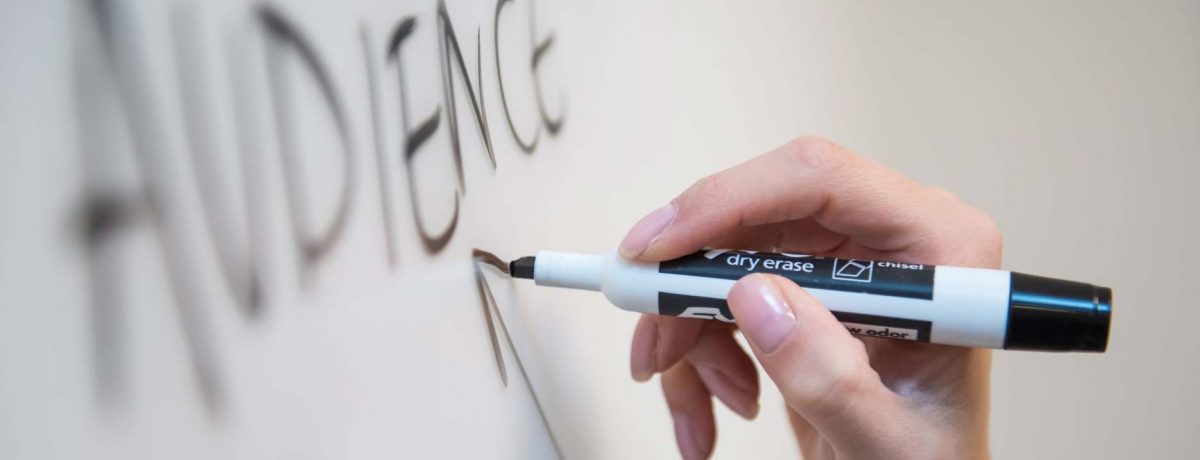In today’s fiercely competitive business landscape, establishing and maintaining strong brand awareness is paramount to success. Brand awareness not only drives customer recognition but also influences purchasing decisions and fosters brand loyalty. In this guide, we’ll delve into the nuances to enable you to measure brand awareness and explore effective strategies to gauge and enhance it.
Understanding Brand Awareness
Defining Brand Awareness: What It Means for Your Business Brand awareness refers to the extent to which your target audience recognizes and recalls your brand. It encompasses the ability of consumers to associate your brand with specific products, services, or values. A higher level of brand awareness can translate into increased customer trust and willingness to engage with your brand.
The Importance of Brand Awareness in Today’s Competitive Landscape In an era marked by information overload and constant digital noise, establishing a strong brand presence is essential. Brand awareness serves as the foundation for brand equity, differentiation, and overall market share. It can also influence a consumer’s perception of your brand and affect their decision-making process.
How Brand Awareness Impacts Consumer Behavior Brand awareness plays a pivotal role in shaping consumer behavior. Consumers are more likely to choose a brand they are familiar with and trust. Higher brand awareness can lead to increased consideration during purchasing decisions and can even drive customer advocacy.
Key Brand Awareness Metrics
Exploring Essential Brand Awareness Metrics for Success To measure brand awareness effectively, you need to track key metrics that provide insights into your brand’s reach and impact. Some crucial metrics include brand recall, brand recognition, and brand association.
Measuring Brand Recall: Tracking Unaided and Aided Recall Unaided recall measures a consumer’s ability to spontaneously remember your brand when prompted with a product category. Aided recall involves prompting consumers with your brand name to assess their recognition. Tracking both forms of recall helps gauge how well your brand sticks in the minds of your target audience.
Analysing Brand Recognition: Methods and Significance Brand recognition assesses whether consumers can identify your brand from a set of options. It’s often measured through surveys or tests where participants match your brand to a logo, tagline, or product. High brand recognition signifies effective exposure and memorable branding.
Understanding Brand Association and its Measurement Brand association pertains to the mental connections consumers make between your brand and certain attributes, values, or emotions. Tracking these associations through qualitative research and sentiment analysis can provide deeper insights into how your brand is perceived.
Methods for Measuring Brand Awareness
Quantitative vs. Qualitative Methods: Choosing the Right Approach Measuring brand awareness involves a combination of quantitative and qualitative methods. Quantitative methods, such as surveys and website analytics, provide numerical data, while qualitative methods, like focus groups and interviews, offer nuanced insights into consumer perceptions.
Utilizing Surveys to Gauge Brand Awareness Effectively Surveys are a valuable tool for quantifying brand awareness. Craft well-designed surveys that incorporate questions about unaided and aided brand recall, as well as brand recognition. Use a representative sample of your target audience for accurate results.
Social Media Listening: Extracting Insights for Enhanced Awareness Measurement Social media platforms offer a goldmine of information about how your brand is being discussed and mentioned. Monitor brand mentions, hashtags, and comments to gauge the sentiment and extent of brand conversations.
Website Traffic Analysis: Connecting Web Visitors to Brand Awareness Monitoring website traffic, especially direct and branded search traffic, can provide insights into the effectiveness of your brand awareness efforts. Analyse referral sources, bounce rates, and time spent on site to understand user engagement.
Brand Awareness Measurement Tools
Harnessing Technology: Tools for Accurate Brand Awareness Assessment Several tools and platforms can aid in tracking and analysing brand awareness metrics. Leverage these tools to gain a comprehensive understanding of your brand’s performance.
Google Analytics: A Comprehensive Guide to Monitoring Brand Reach Google Analytics offers valuable insights into website traffic, user behavior, and referral sources. Monitor metrics such as direct traffic and organic search to assess the effectiveness of your brand exposure.
Social Media Analytics Platforms: Tracking Mentions, Shares, and Impressions Platforms like Hootsuite, Sprout Social, and Buffer allow you to track social media metrics, including brand mentions, shares, likes, and impressions. These metrics showcase the extent of your brand’s visibility and engagement.
Online Surveys and Questionnaires: Customised Insights for Your Brand Tools like SurveyMonkey or Typeform enable you to create tailored surveys to measure brand awareness. Craft questions that align with your brand’s unique attributes and goals.
Crafting a Brand Awareness Survey
Designing a Brand Awareness Survey: Essential Components and Best Practices Creating an effective brand awareness survey requires careful planning. Include questions that assess both aided and unaided recall, as well as brand recognition. Consider using a mix of multiple-choice, open-ended, and scaled questions to gather comprehensive data.
Target Audience Selection: Reaching Out to the Right Respondents Ensure that your survey reaches the right audience segment. Define your target demographic and tailor your survey distribution accordingly. A well-defined audience ensures that the survey results accurately represent the views of potential customers.
Interpreting Survey Results: Turning Data into Actionable Insights Once you’ve collected survey responses, analyse the data to gain meaningful insights. Identify trends, patterns, and correlations to understand how your brand is perceived. Use these insights to refine your brand awareness strategy.
Brand Awareness KPIs (Key Performance Indicators)
Identifying Effective Brand Awareness KPIs: What to Measure Selecting the right Key Performance Indicators (KPIs) is crucial for tracking brand awareness. Consider metrics such as Share of Voice (SOV), Net Promoter Score (NPS), and social engagement to gauge the effectiveness of your brand campaigns.
Share of Voice (SOV): Gauging Your Brand’s Visibility in the Market SOV measures your brand’s presence in comparison to competitors within a specific market. Calculate SOV based on factors like social media mentions, press coverage, and advertising reach to assess your brand’s market share.
Net Promoter Score (NPS): Measuring Customer Loyalty and Advocacy NPS measures customer loyalty by asking how likely customers are to recommend your brand. A high NPS indicates strong brand affinity, while a low score signals areas for improvement.
Tracking Social Engagement: Likes, Shares, and Comments as Indicators Monitoring social media engagement provides insights into your brand’s reach and resonance. High levels of likes, shares, and comments indicate a strong emotional connection with your audience.
Analysing and Enhancing Brand Awareness
Interpreting Data Trends: Making Informed Decisions for Brand Enhancement Regularly analyse brand awareness metrics to identify trends over time. Are your brand awareness efforts yielding positive results? Are there specific areas where you need to focus more attention? Adjust your strategies based on these insights.
Comparing Brand Awareness Over Time: Setting Baselines and Goals Establish baseline measurements and set goals for brand awareness improvement. Regularly compare current data to previous periods to track progress. Adjust your goals and strategies based on changing market dynamics.
Strategies for Boosting Brand Awareness: From Content Marketing to Influencer Collaborations Enhancing brand awareness requires a multifaceted approach. Invest in content marketing to create valuable and shareable content that aligns with your brand values. Collaborate with influencers to tap into their established audiences and increase your brand’s visibility.
Conclusion
In the fast-paced world of business, measuring brand awareness is not only essential but also achievable through a strategic combination of quantitative and qualitative methods. By leveraging the right metrics, tools, and techniques, you can gain valuable insights into how your brand is perceived and make informed decisions to elevate your brand awareness efforts.
Remember, brand awareness is an ongoing journey, and continuous monitoring and adaptation are key to staying ahead in a competitive marketplace. By consistently measuring and enhancing your brand awareness, you can forge stronger connections with your target audience and position your brand for long-term success.
Got brand awareness on your mind, have a read of our blog covering 9 Brand Awareness Campaign Ideas for 2023



